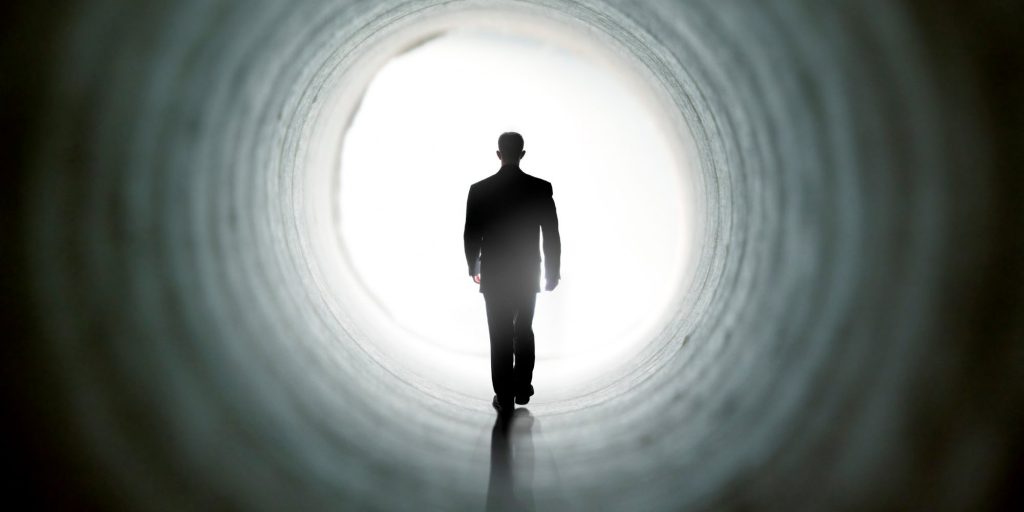‘When You Die, You Will Be Aware You Are Dead’ – Scientists Reveal That Peoples’ Mind Still Work After Death
Published on October 19, 2017 at 12:23 PM by FACE OF MALAWI
A stunning new scientific research has revealed that dead people continue to be conscious even after they have been declared dead by medics.
Some report having seen light at the end of a tunnel, while others claim to have floated above their body, watching as medics save their lives.
But the reality of near-death experiences has always been debated.
Now scientists have discovered that a person’s consciousness continues to work after the body has stopped showing signs of life – meaning they have awareness of their own death.
And there is evidence to suggest someone who has died may even hear their own death being announced by medics.
The findings echo the plot line of the new Hollywood re-make of 90s cult horror Flatliners, starring Ellen Page.
In the film a group of young doctors embark on a dangerous experiment by taking turns to chemically induce their heart to stop and flatline to find out exactly what happens in the afterlife.
A team from New York University Langone School of Medicine investigated the very same question through twin studies in Europe and the US of people who have suffered cardiac arrest and ‘come back’ to life, in the largest study of its kind.
Study author Dr Sam Parnia told Live Science: ‘They’ll describe watching doctors and nurses working and they’ll describe having awareness of full conversations, of visual things that were going on, that would otherwise not be known to them.’
He said these recollections were then verified by medical and nursing staff who reported their patients, who were technically dead, could remember details of what they were saying.
Death of brain cells can take hours
Medically speaking, doctors define death based on when the heart no longer beats, which then immediately cuts off blood supply to the brain.
‘Technically, that’s how you get the time of death – it’s all based on the moment when the heart stops,’ explained Dr Sam Parnia.
‘Once that happens, blood no longer circulates to the brain, which means brain function halts almost instantaneously.
‘You lose all your brain stem reflexes – your gag reflex, your pupil reflex, all that is gone.’
The brain’s cerebral cortex – which is responsible for thinking and processing information from the five senses – also instantly flatlines, says Dr Parnia. This means that within 2 to 20 seconds, no brainwaves will be detected on an electric monitor.
This sparks a chain reaction of cellular processes that will result in the death of brain cells. However, this can take hours after the heart has stopped, he explained.
And performing cardiopulmonary resuscitation (CPR) that hasn’t successfully revived a patient can still result in sending some blood to the brain – about 15 percent of what it requires to function normally.
But brain cell death is still happening, just at a slightly slower rate, he said.
***
Culled from Daily Mail UK
Subscribe to our Youtube Channel: 


